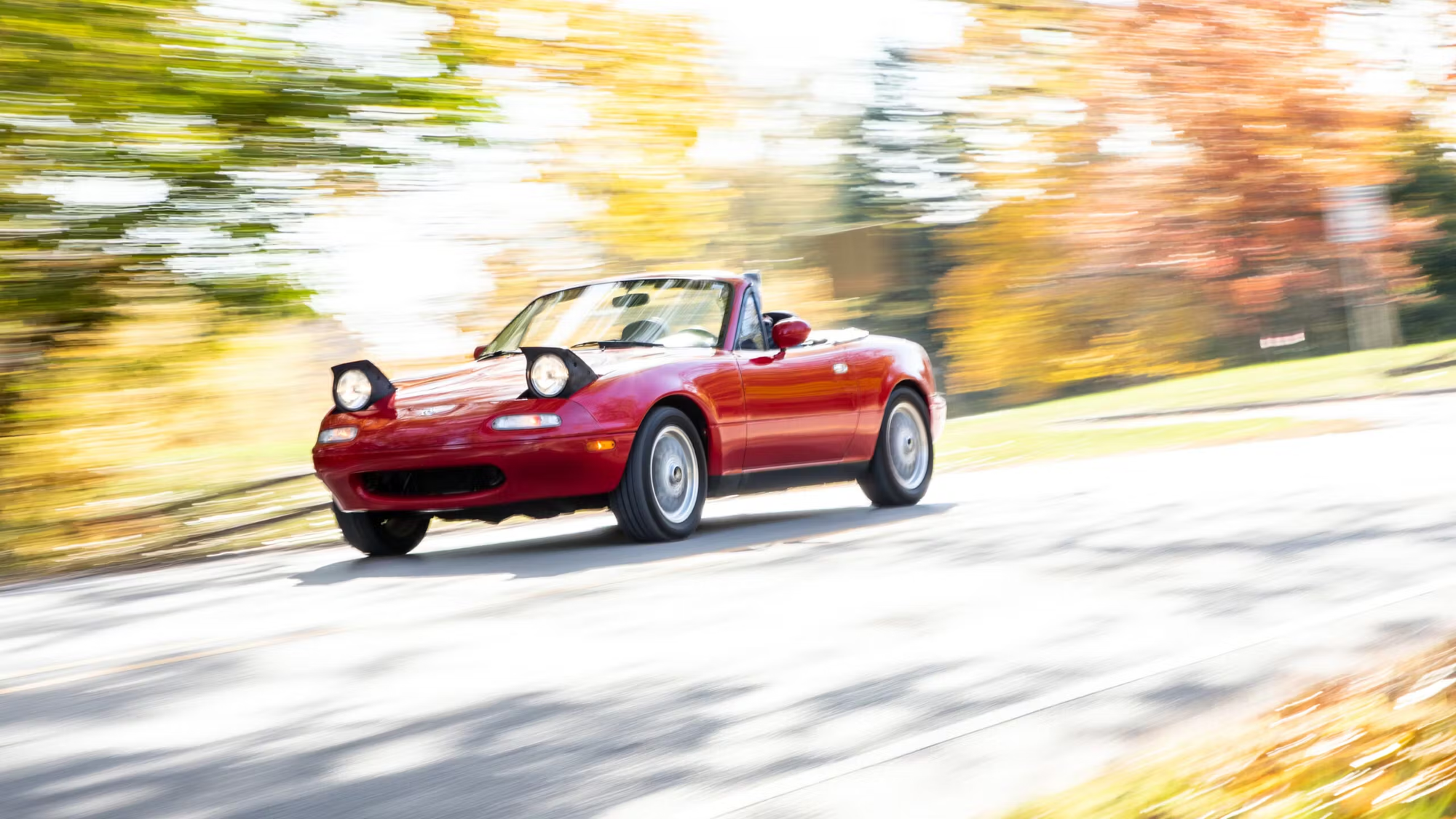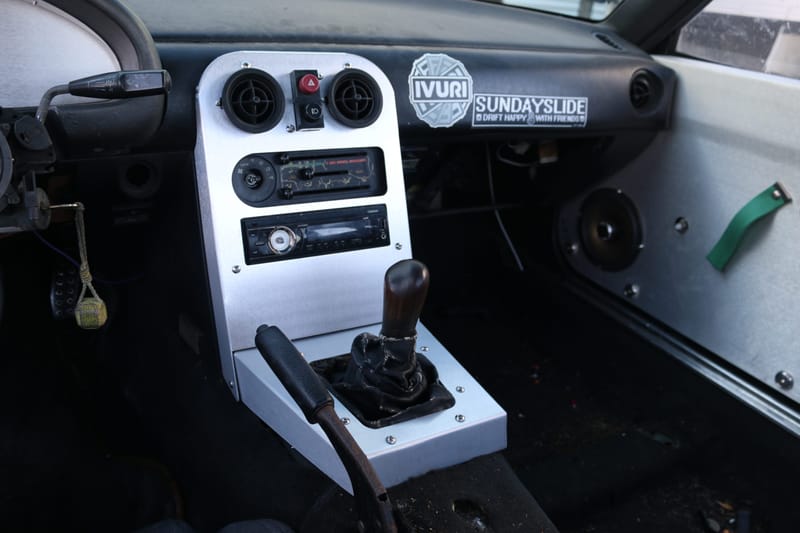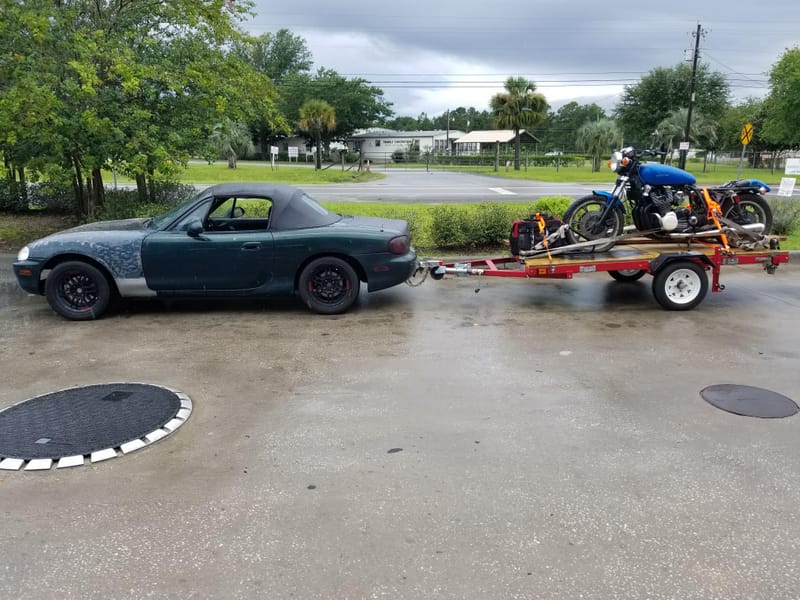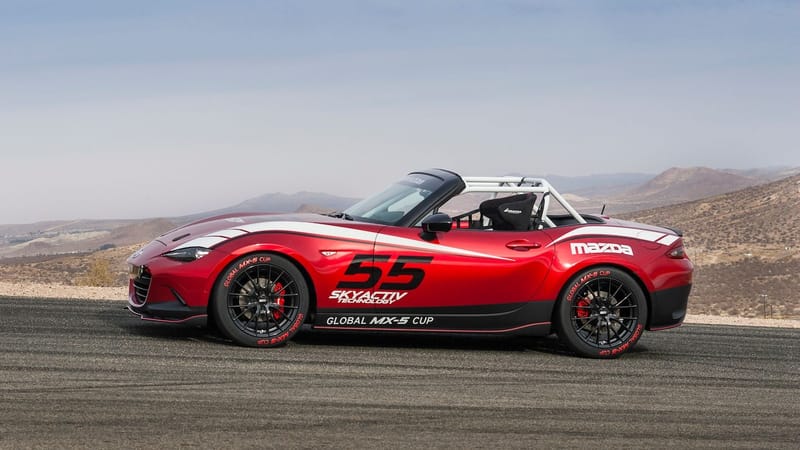Cooling the Cabin: Ventilated Seat Inserts for Top-Up Summers
Small cabins heat-soak fast; foam and solid covers trap hot, humid air against you. Ventilated seats push cabin air through perforations to break that micro-climate.

Summer with the roof up turns small cabins into slow cookers. Your back and legs heat up first because standard foam and solid seat covers trap warm, humid air against your body. Ventilated seats attack that micro-climate by moving air through the seat surface; some systems simply circulate cabin-temperature air with small fans, while “cooled” seats go further by chilling air with thermoelectric (Peltier) modules before pushing it through perforations. The distinction matters for expectations, wiring, and cost.
After even a short sun soak, interior temperatures can skyrocket well beyond ambient. Dash surfaces can get extremely hot, and cabins can stay uncomfortably warm long after you start driving. That’s why a quick errand leaves you sweaty the moment you climb back in. Understanding these numbers frames why ventilated seating can be more effective than just blasting the A/C at your face.
Your Solution Paths
There are three practical approaches. The fastest is a clip-on ventilated cushion powered by 12V/USB, no upholstery work, modest airflow, but visible on the seat.

The middle path is a seat surface optimized for airflow (perforated, breathable materials) paired with under-cushion fans; it looks cleaner but still relies on cabin air.

The most integrated option is a full heated/cooled kit that hides fans and Peltier modules under new perforated upholstery with factory-style switches. These kits usually offer multiple fan levels so you can “spike” airflow post-entry and then quiet things down for cruising.

How Ventilated vs. Cooled Inserts Work (and their limits)
Fan-only systems improve comfort by boosting evaporation and sweeping humid air away from skin. Cooled (thermoelectric) systems add a temperature drop, but they must also reject heat on the “hot side,” so installs need thoughtful ducting and heatsinks. Expect higher current draw (and potentially more noise) from cooled systems versus fan-only inserts. In practice, airflow path, foam porosity, and perforation density often matter more to perceived comfort than headline wattage.
Comfort vs. A/C Load: Why Seats Can Win
Micro-climate seating lets you run the cabin a few degrees warmer without feeling miserable. Directing conditioned air at your body can reduce how hard the main A/C needs to work. On hot-soak re-entry, start on high seat airflow for a few minutes, then drop to low and nudge the HVAC setpoint up to save energy while keeping comfort.
Choosing the Right Insert for Small Cabins (convertibles, roadsters)
In tight cabins, under-seat air is often the coolest and cleanest path for fan inlets; just make sure the cushion uses reticulated (open-cell) foam and a perforated top so air doesn’t stall at the surface. If you’re retrimming, specify vent-compatible perforation and discuss fan placement with your upholstery shop before any glue work. For daily use, noise matters as much as airflow, look for multi-level controls and quieter blower designs.

Installation Overview
Clip-on pads are about routing and tidy power: secure the cushion so it doesn’t shift, hide the lead, and test all speeds. Integrated kits take a half-day per seat: disconnect the battery; remove the seat; carefully strip upholstery; add diffusion layers; mount fan/TEC modules and ducts; refit a perforated cover; wire to a fused ignition source; then verify voltage drop and alternator capacity. Finish by testing all heat/cool levels.
Safety, Airbags, and Seat Sensors
Many modern seats hide side-impact airbags and occupancy sensors. Any cover you add must be explicitly airbag-compatible with proper tear seams. During integrated installs, handle under-seat connectors carefully, avoid compressing the occupancy mat, and be prepared to clear any SRS faults with a scan tool after reassembly. Build a pre-install checklist and confirm labeling and documentation from reputable vendors.
Budgeting and What to Expect
Clip-on ventilated cushions are the cheapest way to experience airflow; they’re great for road trips and leased cars, but remain visible and can be noisier. Integrated cooled seats cost more and draw more power, yet deliver the most “factory” experience with concealed hardware and tactile controls. Set expectations: fan-only systems keep you drier and more comfortable rather than “cold,” while properly installed cooled systems bring a noticeable temperature edge without needing to overwork the main A/C.
Who Should Choose What
If you want immediate relief and minimal commitment, start with a good ventilated pad. If you’re retrimming anyway, or building a keeper, invest once in perforated upholstery with an integrated kit and treat it like a comfort system you’ll use every summer. Pair the seat solution with smart cabin habits: use a sunshade, crack the windows where safe, and purge hot air for a minute before you settle in. Those small moves make your seat airflow feel twice as effective in a heat-soaked car.




